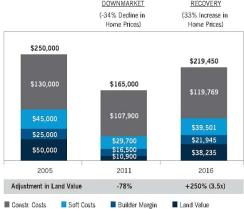With the economic and policy outlook still uncertain, investors fear two contradictory but equally negative possible outcomes: deflation/deleveraging on the one hand and hyperinflation/currency devaluations on the other.
As a result, instruments that can deliver protection in one or the other of these scenarios have enjoyed substantial inflows. Many investors have snapped up Treasuries, REITs and high-dividend-yielding stocks for insulation in a deflationary environment. Others have bought TIPS, gold and commodities as hedges against hyperinflation.
But investors don’t seem to appreciate the danger of seeking protection against the ‘the wrong tail.’ Loading up on Treasuries would be disastrous if hyperinflation ensues. Loading up on gold and commodities would be equally disastrous in a deflationary environment. In their quest for safety, many investors have come perilously close to painting themselves into a corner.
Compounding the near-term investment challenge is the possibility that volatility and risk aversion will rise in the late spring and early summer, as they have for the last two years, pushing the market down, as the display below shows. After a strong first quarter in the market and a disappointing April, are we destined to relive history this year?

Our current strategy is predicated on a few simple expectations (although we remain flexible as new data comes in and we continually challenge our assumptions).
First, deflation and hyperinflation remain highly unlikely during the next few years. We expect modest economic growth and 2 percent to 3 percent inflation. We expect governments to find creative ways to force liquidity into the market as austerity policies aimed at reducing excessive debt fail.
Second, to be successful, corporations and investors alike will need to consider potential changes in government policies and regulations as they plan and develop strategies.
Finally, market volatility is likely to remain high, leading to persistent risk aversion, which will drive continued crowding into more stable, income-generating strategies. However, contrarian approaches will be rewarded. A willingness to tolerate episodic losses and assemble a diversified portfolio of riskier assets should generate unusually high returns over the next few years.
Diversification by asset, geography and investment style will remain critical in managing the inevitable drawdowns.
The views expressed herein do not constitute research, investment advice or trade recommendations and do not necessarily represent the views of all AllianceBernstein portfolio-management teams.
Vadim Zlotnikov is chief market strategist at AllianceBernstein.






